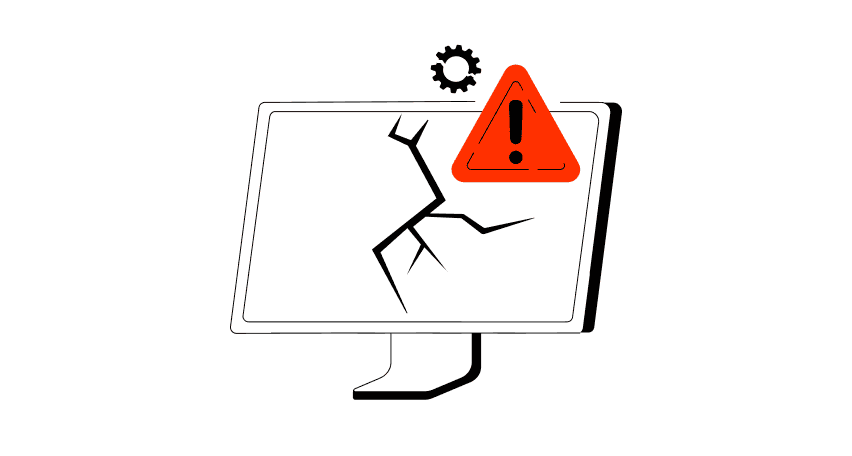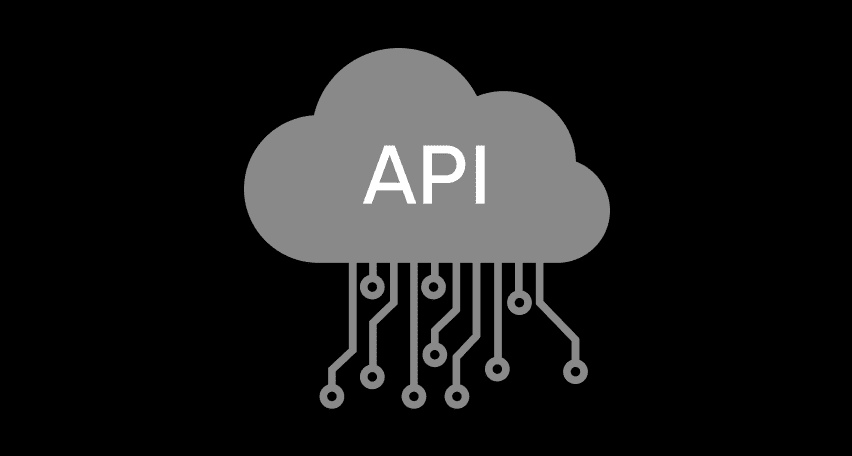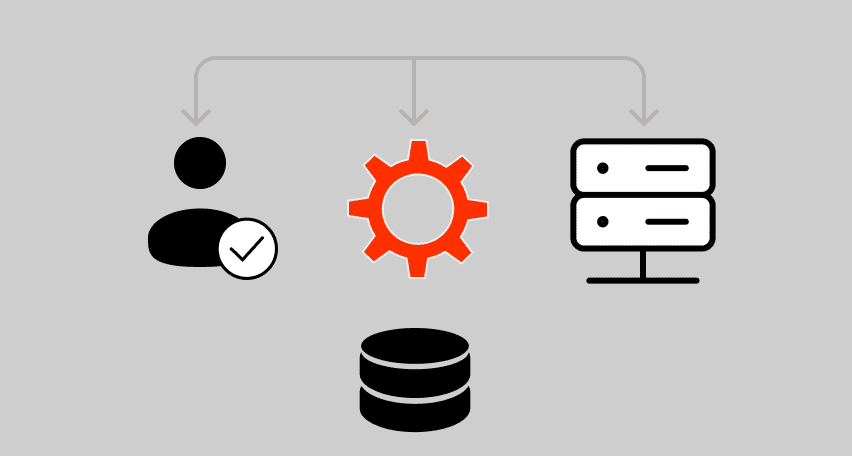Software testing is a crucial component of the software development life cycle as it helps to ensure that the software meets the client’s requirements and goals. The primary objective of software testing is to identify and address defects and errors prior to implementation, as addressing them after deployment can result in high costs and negatively impact the business.
By testing software, you can maintain its quality, build user trust, and reduce maintenance costs. There are various approaches to software testing, but the most effective method is one that aligns with agile principles and enables rapid testing. In this blog post, we will provide an overview of the software testing life cycle (STLC) and discuss the various stages of software testing.
What is Software Testing Life Cycle?
In simple terms, STLC is a series of well-defined activities that software testers must complete to ensure software quality. Each step in the software testing process must be carried out systematically and in sequence, with different goals and deliverables at the end of each phase.
While different companies may have their own STLC, the fundamental structure of the testing procedure remains the same. Essentially, it is a method that formalizes how the testing process is conducted
Stages of Software Testing Life Cycle
Testing during the software development process requires close attention to detail and methodical approach. This is why software testing is broken down into different stages:
Every stage comprises particular tasks and outcomes that guarantee thorough evaluation of the software and fulfill the demands of end-users. To understand software testing life cycle, let’s explore each stage in detail and its respective testing levels.
1. Requirements Analysis
The first step of STLC is Requirement Analysis. In this stage, testers analyze the software requirements to ensure they are clear, complete, and testable. This is essential for ensuring that the software is developed according to the specifications. A critical aspect of this stage is understanding software requirements management, which involves documenting, tracking, and prioritizing requirements to avoid miscommunication or gaps in the process.
During the Requirement Analysis stage, the following activities take place:
By the end of this stage, the testing team should have a clear understanding of the software requirements and any potential issues that may impact the testing process.
2. Test Planning
The following stage is referred to as Test Planning. In this phase, testers create a plan that outlines the testing strategy, objectives, timelines, and resources required for the software testing process. The plan is based on the software requirements, risk assessment, and the types of testing required.
During the Test Planning stage, the following activities take place:
By the conclusion of the this stage, the team should possess a comprehensive plan for the activities to be carried out, and a thorough comprehension of the objectives, scope, and deliverables. This will aid in ensuring that the testing process is well-structured and can provide superior results.
3. Test Case Design
Next phase of the STLC is called Case Design or Test Case Development. In this stage, the team create cases that describe the steps required to test the software. These cases should cover all possible scenarios to ensure detecting the maximum number of possible faults and issues in the software. The quality and efficiency of the test cases designed during this stage play a vital role in the overall success of the software testing process.
During the Test Case Design stage, the following activities take place:
Upon completion of the Test Case Design stage, the testing team should possess a set of test cases that offer sufficient coverage of the software or application. This guarantees that the testing process is comprehensive and that all possible issues are detected and resolved prior to the release of the software.
4. Test Environment Setup
Once the Case Development is completed, the Environment Setup phase begins. In this stage, testers set up the required hardware, software, and testing tools to create an load test environment where testing can be performed effectively.
During the Environment Setup stage, the following activities take place:
5. Test Execution
The next step of STLC is Test Execution. In this phase, the actual testing is performed according to the test plan and developed cases. During this stage team execute the tests, document the results, and write a bug report.
During the Test Execution stage, the following activities take place:
The results of the Test Execution stage include a completed RTM that shows the status of each requirement and whether it has been tested successfully or not. The test cases are updated with the results and any bugs found, documented, and tracked until they are resolved.
Some software development teams may have a separate stage for test reporting and fixing. In this stage, testers review the reported defects and prioritize them based on their severity and impact on the software. After resolving the issues, they conduct regression testing to ensure that the fixes have not introduced any new defects.
6. STLC Closure
The Test Closure stage is the final step in the STLC, which involves completing and documenting all testing-related activities. Its primary goal is to ensure that all previous phases have been finished, and that the software is ready for release.
During the test closure stage, the testing team gains a clear understanding of the software’s quality and reliability, and all defects or issues identified during testing should be addressed. Additionally, the software testing process is documented, and lessons learned are recorded to improve future testing processes.
The outcome of the STLC Closure typically includes:
Testing Life Cycle in PFLB
Software testing life cycle are essential for successful software development and cost management. Late testing can cause project delays and affect the quality of the product, making it important to perform all stages of software testing diligently.
PFLB is a top performance testing service provider with a track record of over 300 successful projects across various industries, including banking, healthcare, and retail. We offer continuous testing, integration, and delivery, and leverage software testing automation to speed up product launches and lower costs. Additionally, understanding reliability and availability is crucial for ensuring consistent software performance, especially when handling real-world conditions that frequently challenge system stability.
Related insights in blog articles
11 API Failure Causes and How To Solve Them

When an API fails, the consequences ripple quickly through the entire system. Transactions stall, integrations break, and frustrated users flood your support channels. Understanding exactly why API failures happen — and how to fix them — is essential for developers and businesses alike. This article examines the most common reasons behind API failures, explores the […]
API Mocking: A Complete Guide

Waiting for APIs to become available or stable can slow down entire projects. API mocking provides a smart way to avoid these roadblocks by simulating real API responses, keeping your teams productive and ensuring smoother integration down the line. In this guide, you’ll discover exactly what API mocking involves, how it differs from using real […]
API Endpoint: A Complete Guide

Modern applications rely heavily on APIs (Application Programming Interfaces) to communicate and exchange data across different systems. At the heart of this interaction lies the API endpoint — a fundamental concept that defines where and how data exchanges happen. This guide explains clearly what an API endpoint is, outlines its importance, and provides practical insights […]
gRPC vs. REST: Detailed Comparison

Choosing between gRPC and REST can feel confusing, especially if you’re trying to figure out the best way for your applications to communicate. This article breaks down the grpc vs rest comparison clearly, without jargon or confusion. You’ll learn exactly what each protocol is, the advantages and disadvantages of each, and understand why gRPC is […]
Be the first one to know
We’ll send you a monthly e-mail with all the useful insights that we will have found and analyzed
People love to read
Explore the most popular articles we’ve written so far
- Top 10 Online Load Testing Tools for 2025 May 19, 2025
- Cloud-based Testing: Key Benefits, Features & Types Dec 5, 2024
- Benefits of Performance Testing for Businesses Sep 4, 2024
- Android vs iOS App Performance Testing: What’s the Difference? Dec 9, 2022
- How to Save Money on Performance Testing? Dec 5, 2022